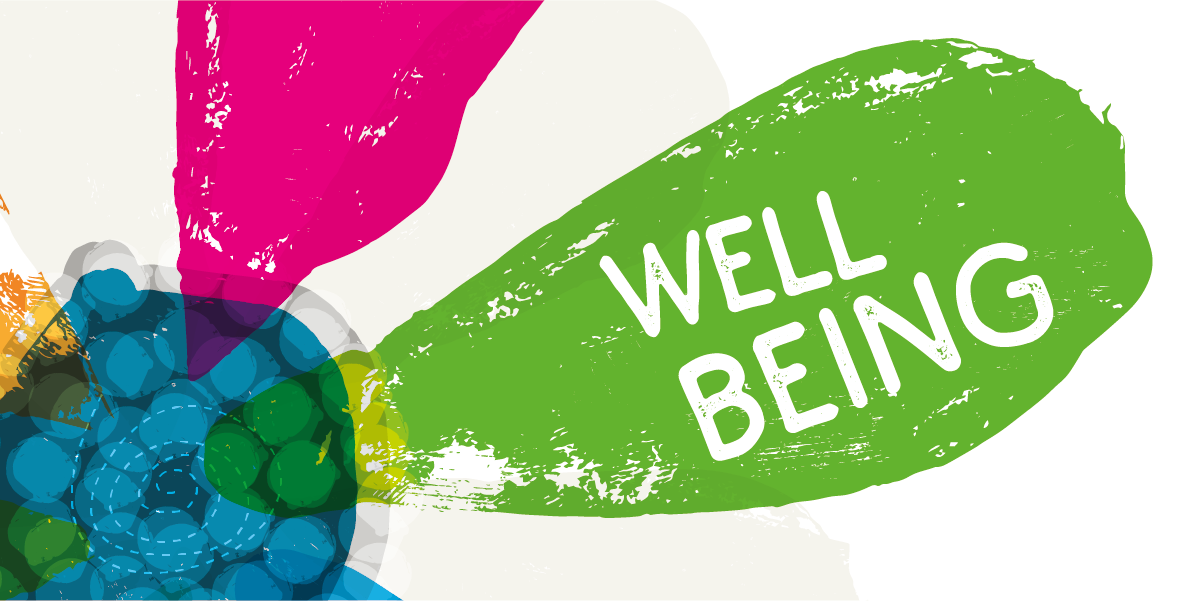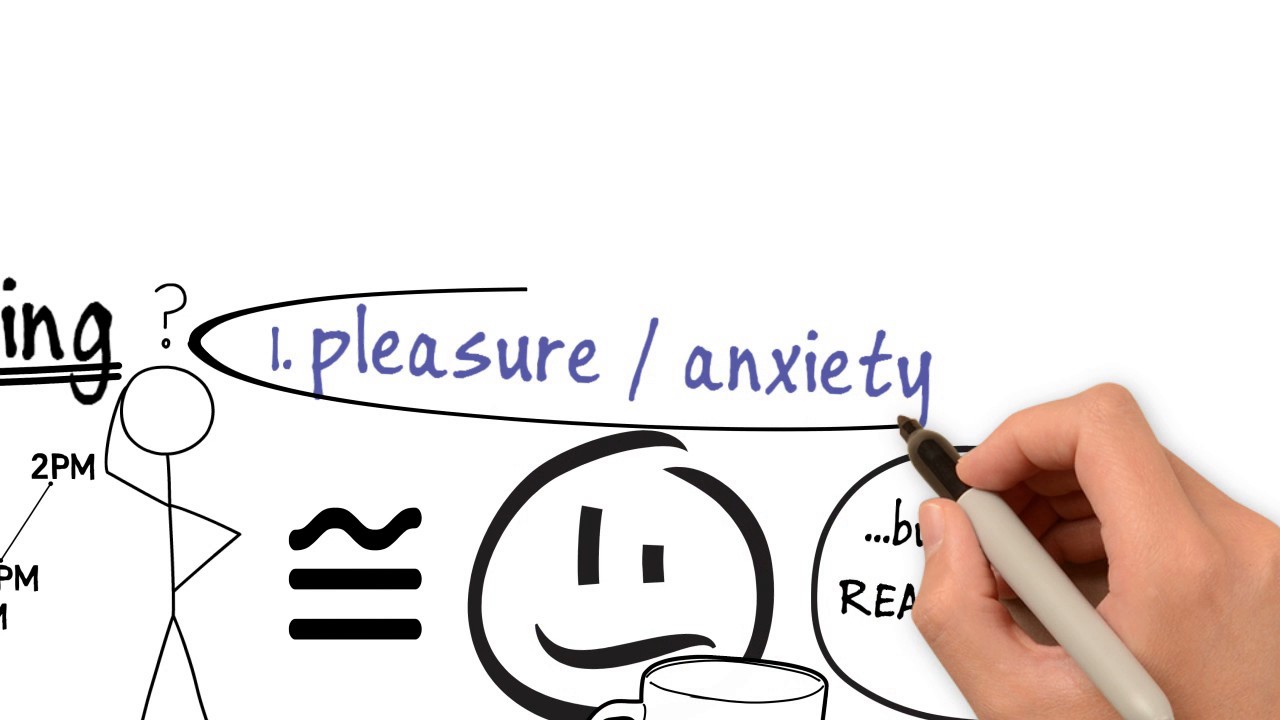Well-Being - The Effects Of Sustainability Psychology And Sustainable Development
The labor market is marked by uncertainty, economic instability, and constant change, just as the 21st century as a whole is marked by complexity, speed, change, and globalization. The safety of people and organizations is especially at risk in this situation. The psychology of sustainability in terms of sustainable development for well-being in companies is therefore becoming a new field of study and intervention that has opportunities.
Author:Suleman ShahReviewer:Han JuJul 17, 20231K Shares61.4K Views

The labor market is marked by uncertainty, economic instability, and constant change, just as the 21st century as a whole is marked by complexity, speed, change, and globalization.
The safety of people and organizations is especially at risk in this situation. The psychology of sustainability in termsof sustainable development for well-beingin companies is therefore becoming a new field of study and intervention that has opportunities.
No poverty, no hunger, good healthand well-being, quality education, gender equality, clean water and sanitation, affordable and clean energy, decent workand economic growth, industry, innovation, and infrastructure growth, reduction of inequality, sustainable cities and communities, responsible consumption and production, climate action, lifebelow water, life on land, peace, justice, and strong institutions are just a few of the 17 sustainable development goals that have been put forth by the United Nations.
To make sure that sustainable growth and global expansion happen, these goals stress how important it is to increase opportunities for advancement and help people, families, and communities grow.
What Is Employee Well-Being?
Employee well-being encompasses mental, physical, emotional, and financial health. It's impacted by co-worker connections, choices, and tools and resources. Hours, salary, and job safety affect employee health.
Employee well-being should average out to a level that allows for a healthy and productive workplace. External influences affect employee wellness. Housing, health, and family-related stress affect job performance. Employers might accept that they have little control over after-hours events while assuming responsibility for their workers.
According to a poll, less than half of U.S. workers are happy with their lives. Even when workers returned to the workplace, employee well-being declined from early 2020 to mid-2021.

The Five Ways to Wellbeing - boosting mental wellbeing
Why Does Well-Being At Work Matter?
Employers must care for their employees' physical and emotional well-being. Many firms still lack a wellness plan. A well-being approach may make workers feel appreciated and supported. It may boost employee engagement and drive teams to attain objectives.
The US film and entertainment sector is a current illustration of why employee well-being is vital. The International Alliance of Theatrical Stage Employees (IATSE), which represents film and TV technicians, once discussed a strike to enhance employee well-being.
Inhumane hours, poor rest, and inadequate remuneration impact employee health. Many are now explaining how a lack of attention and action towards employee well-being affects them personally.
Employee well-being is a cornerstone of all businesses. Even if your firm is smaller or in a different industry, there are always ways to benefit lives. Being proactive about employee health may save lives.
The Advantages Of Good Employee Well-Being
Employees perform better when they feel well. This improves productivity and good habits. Happier employees are 13% more productive. Employers may boost pleasure through healthy and consistent work-life balance policies. Even during hectic seasons, these practices assure company continuity.
A healthy workforce boosts morale. Employees feel appreciated and capable when their demands are addressed.
Corporate wellness programs aim to reduce absenteeism, stress, and sickness. These concerns cost corporations more than typical healthcare. Great staff morale is a company's greatest advantage, but eliminating anticipated difficulties is equally crucial.
Creating a strategy to promote employee well-being may help you recruit and retain qualified workers. Thirty-eight percent of Gen Z job searchers say a healthy work environment is most important when picking a firm. Increased sick days and mental healthtreatments attract top millennial talent.
A well-being program may help you retain talent even if you're not recruiting.
Many organizations have realized that treating staff properly leads to happy customers. Research shows that happy employees influence how customers feel.
This is particularly crucial after the epidemic, as many customer-facing employees were faced with strong emotions and demands from stressed-out customers. Employers need to take care of this because safety precautions make it harder to do activities that help relieve stress.
Organizational Well-Being And The Challenge Of The Primary Prevention Approach
In order to attain great performance, contentment, and well-being, this entails putting an emphasis on people's abilities and gifts.
In order to cope with the complexity of the postmodern period and to maintain the well-being of individuals, groups, and organizations, the 21st century saw the advent of a positive psychology approach to well-being centered on the augmentation of human and organizational resources.
Instead of focusing on what's wrong, this positive psychology strategy emphasizes study excellence and achievement to improve well-being at the individual, group, organizational, and interorganizational levels.
The implementation of proactive and anticipatory techniques is urged in order to strengthen primary preventive perspectives in particular. Individual approaches should be reinforced by collective approaches that combine short-term and long-term objectives and results.
The traditional focus on removing hazards to workers' safety and health has been replaced by a focus on promoting growth and positive experiences while creating a safe and healthy work environment.
From the standpoint of primary prevention, strengthening people requires boosting their resources. The goal of primary prevention is to stop a problem before it starts and to improve mental well-being at the same time.
This is accomplished by leveraging employees' assets and skills within a positive prevention framework; this is also known as positive organizational health psychology. Here, interventions at different levels are used to improve the health of individuals, groups, organizations, and organizations that work with each other.
In this way, the psychology of sustainability and sustainable development may be seen as a new method of fostering well-being in businesses.

What is well-being?
Psychology Of Sustainability And Sustainable Development
The psychology of sustainability and sustainable development views sustainability as enhancing not just the socioeconomic and ecological environment but also the quality of life for every individual.
The term "sustainable" especially refers to anything that can endure throughout time, according to its etymology. It also means anything that can be proven to be true and that can stay true or be shown to be true over time.
It relates to enhancing the present without endangering the future. Sustainability is combining present goals with future goals without putting the latter in danger in politics, technology, the economy, and nature.
The three "Es" of economics, equality, and ecology were traditionally the cornerstones of sustainable development, which also stressed that both current and future generations had a right to enjoy the environment and natural resources.
From a psychological perspective, sustainability is seen as supporting the well-being of everyone, in addition to the natural and social environment. The new idea of sustainability focuses more on encouraging (enrichment, growth, and flexible change) than on stopping (exploitation, depletion, and changes that can't be turned back)
According to the conventional viewpoint, a product is sustainable if it uses steadily decreasing amounts of material; if it is constructed using non-polluting, renewable processes and materials; if it is non-toxic; and if it is simple to process, maintain, disassemble, demolish, dispose of, and recycle.
A sustainable project's management and construction are based, on the new point of view, not only on utilizing progressively fewer resources but also on resource regeneration.
An accessible, destructible, and recoverable project is one that includes oxygenating mechanisms that support both human and organizational well-being. A sustainable project comes up with new ideas, changes old ones to fit new goals and come up with new results, and shares information and plans to solve new problems.
Psychology Of Sustainability And Sustainable Development For Well-Being In Organizations
Beginning with the individual worker and moving upward to the group, organization, and organizational and inter-organizational processes, the psychology of sustainability and sustainable development provides support for the primary preventive strategy and promotes well-being in organizations at all levels. This support and promotion of well-being in organizations occur at all levels.
With this approach, the meaningfulness of the project plays a new and significant role in its real sustainability. This is true regardless of whether the project is a work-life project, a group project, an organizational project, or an inter-organizational project. A project is more likely to be kept going if it has coherence, direction, significance, and a sense of belonging.
It is crucial to emphasize the shift from the motivating paradigm to the meaning paradigm in this context. The motivational paradigm is based on three ideas: intrinsic motivation (doing a task because it makes you feel good), extrinsic motivation (doing a task to get a reward or avoid a punishment), and lack of motivation (not knowing that actions have consequences).
The meaning paradigm focuses on figuring out how individuals may create meaningful lives and meaningful professional experiences despite multiple obstacles, transitions, and changes. In order for a life-work project to be really feasible, people's engagement must be increased and the project's chances of success must rise. This requires that the project's sustainability be anchored to a meaningful life-work concept.
It is crucial to carefully take into account job happiness, job crafting, job design, and job redesign while developing sustainable life-work programs. Job satisfaction is the feeling of well-being that results from an assessment of an employee's work experience, including their interactions with coworkers and superiors, the financial remuneration they get, opportunities for advancement, and the standard of their working circumstances.
In order to improve their well-being in terms of, for example, job satisfaction and work engagement, workers may adjust the form, scope, and extent of their work activities in accordance with their own abilities, requirements, and preferences.
This process is known as "job crafting." Work design is a process that determines how jobs, tasks, and responsibilities are made, done, and changed, as well as how they affect people, groups, and the results of an organization. It is related to the ideas of job satisfaction and job construction.
Job redesign is the process of changing an employee's position, responsibilities, and working environment with the goal of enhancing their productivity and motivation.
People Also Ask
What Is Well-Being Organization?
When leaders and employees are able to unite in their shared humanity and foster a culture of well-being within their company, they are better able to carry out their mission despite the enormous challenges that are facing the world. This is true even though organizational well-being is uncharted territory for the
social sector.
How Does Well-Being Affect Performance?
The improvement of one's well-being results in an involuntary increase in performance. Increased levels of well-being are associated with increased levels of positive emotions (higher morale), decreased levels of stress, and increased levels of job satisfaction. Employees assess their level of job satisfaction by taking into account both the positive and negative elements of their work experience.
What Does Well-Being Mean In The Workplace?
Employees' attitudes toward their jobs, their working environments, the culture at work, and the work structure are all important components of workplace well-being. Workplace well-being includes everything about work, from the quality and safety of the physical environment to the attitudes of employees.
Why Is Well-Being So Important In The Workplace?
It's possible that increasing investments in employee health may lead to more employee engagement, fewer absences due to illness, higher levels of performance, and increased output. However, since wellness programs are kept apart from the day-to-day operations of the company, they often fail to live up to their promise.
Conclusion
The psychology of sustainability and sustainable development demands a new understanding of the requirement to achieve sustainable well-being from the perspective of primary prevention.
This is necessary in order to be successful. This comprises planning and developing organizational development and well-being by encouraging connections and uplifting tales in everyday organizational contexts. This is done as part of organizational growth and well-being planning and building.
There is a variety of research and therapies based on positive psychology that may assist managers of 21st-century companies to strengthen their leadership abilities and human resource management skills. These studies and treatments can be found online.
For example, shifting from emotional intelligenceto empathy, compassion, and self-compassion; shifting from positive capital to intrapreneurial self-capital as a core of personal intrapreneurial resources to deal with recurring changes and transitions and turn limitations into resources; shifting from positive relational management to workplace relational civility as a relational style characterized by respect and concern for the semblance of fairness and justice in all interactions; and so on and so forth. New research and solutions are essential if we are going to have a better understanding of these challenges and study them further.
Jump to
What Is Employee Well-Being?
Why Does Well-Being At Work Matter?
The Advantages Of Good Employee Well-Being
Organizational Well-Being And The Challenge Of The Primary Prevention Approach
Psychology Of Sustainability And Sustainable Development
Psychology Of Sustainability And Sustainable Development For Well-Being In Organizations
People Also Ask
Conclusion

Suleman Shah
Author
Suleman Shah is a researcher and freelance writer. As a researcher, he has worked with MNS University of Agriculture, Multan (Pakistan) and Texas A & M University (USA). He regularly writes science articles and blogs for science news website immersse.com and open access publishers OA Publishing London and Scientific Times. He loves to keep himself updated on scientific developments and convert these developments into everyday language to update the readers about the developments in the scientific era. His primary research focus is Plant sciences, and he contributed to this field by publishing his research in scientific journals and presenting his work at many Conferences.
Shah graduated from the University of Agriculture Faisalabad (Pakistan) and started his professional carrier with Jaffer Agro Services and later with the Agriculture Department of the Government of Pakistan. His research interest compelled and attracted him to proceed with his carrier in Plant sciences research. So, he started his Ph.D. in Soil Science at MNS University of Agriculture Multan (Pakistan). Later, he started working as a visiting scholar with Texas A&M University (USA).
Shah’s experience with big Open Excess publishers like Springers, Frontiers, MDPI, etc., testified to his belief in Open Access as a barrier-removing mechanism between researchers and the readers of their research. Shah believes that Open Access is revolutionizing the publication process and benefitting research in all fields.

Han Ju
Reviewer
Hello! I'm Han Ju, the heart behind World Wide Journals. My life is a unique tapestry woven from the threads of news, spirituality, and science, enriched by melodies from my guitar. Raised amidst tales of the ancient and the arcane, I developed a keen eye for the stories that truly matter. Through my work, I seek to bridge the seen with the unseen, marrying the rigor of science with the depth of spirituality.
Each article at World Wide Journals is a piece of this ongoing quest, blending analysis with personal reflection. Whether exploring quantum frontiers or strumming chords under the stars, my aim is to inspire and provoke thought, inviting you into a world where every discovery is a note in the grand symphony of existence.
Welcome aboard this journey of insight and exploration, where curiosity leads and music guides.
Latest Articles
Popular Articles
